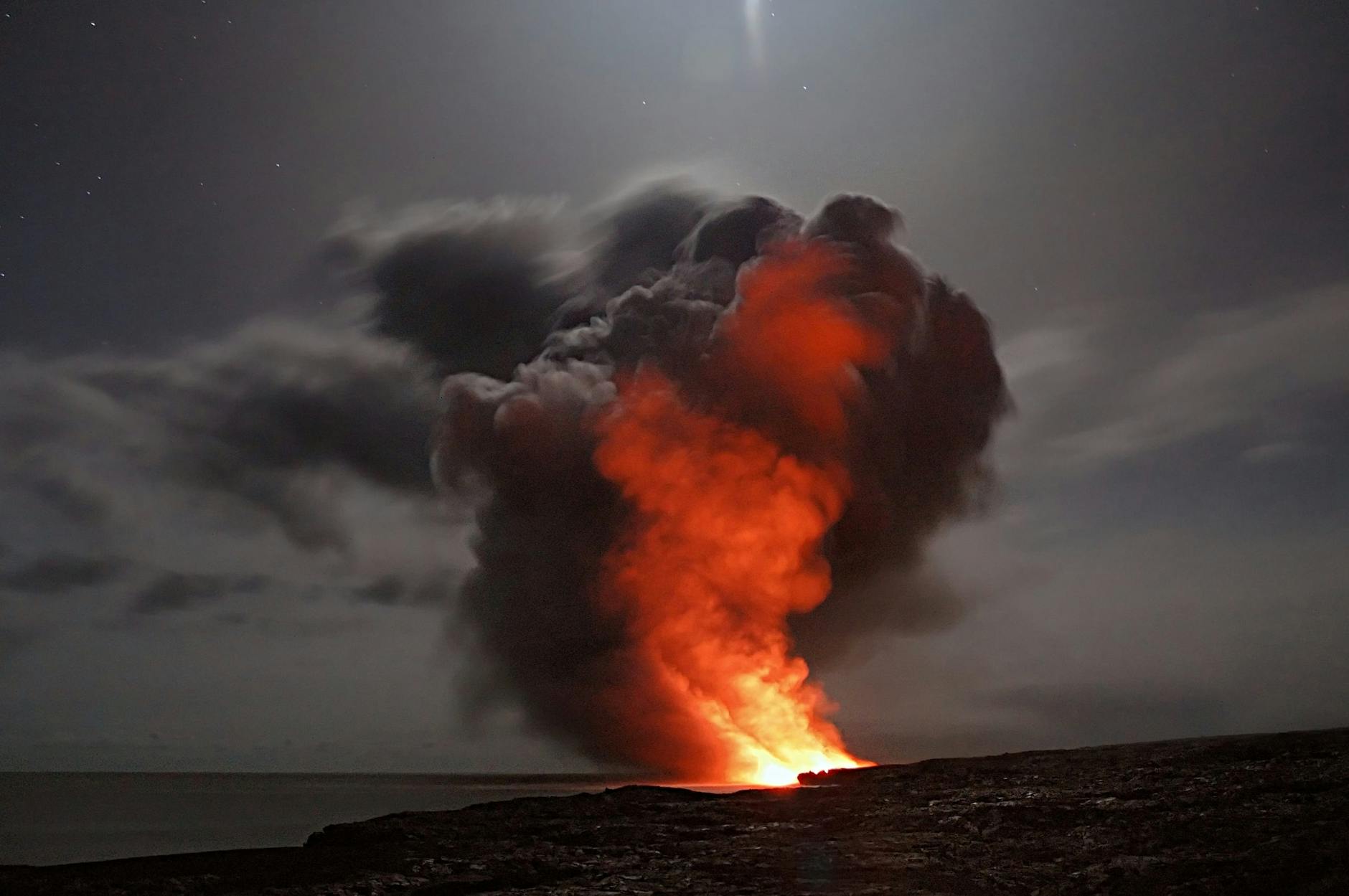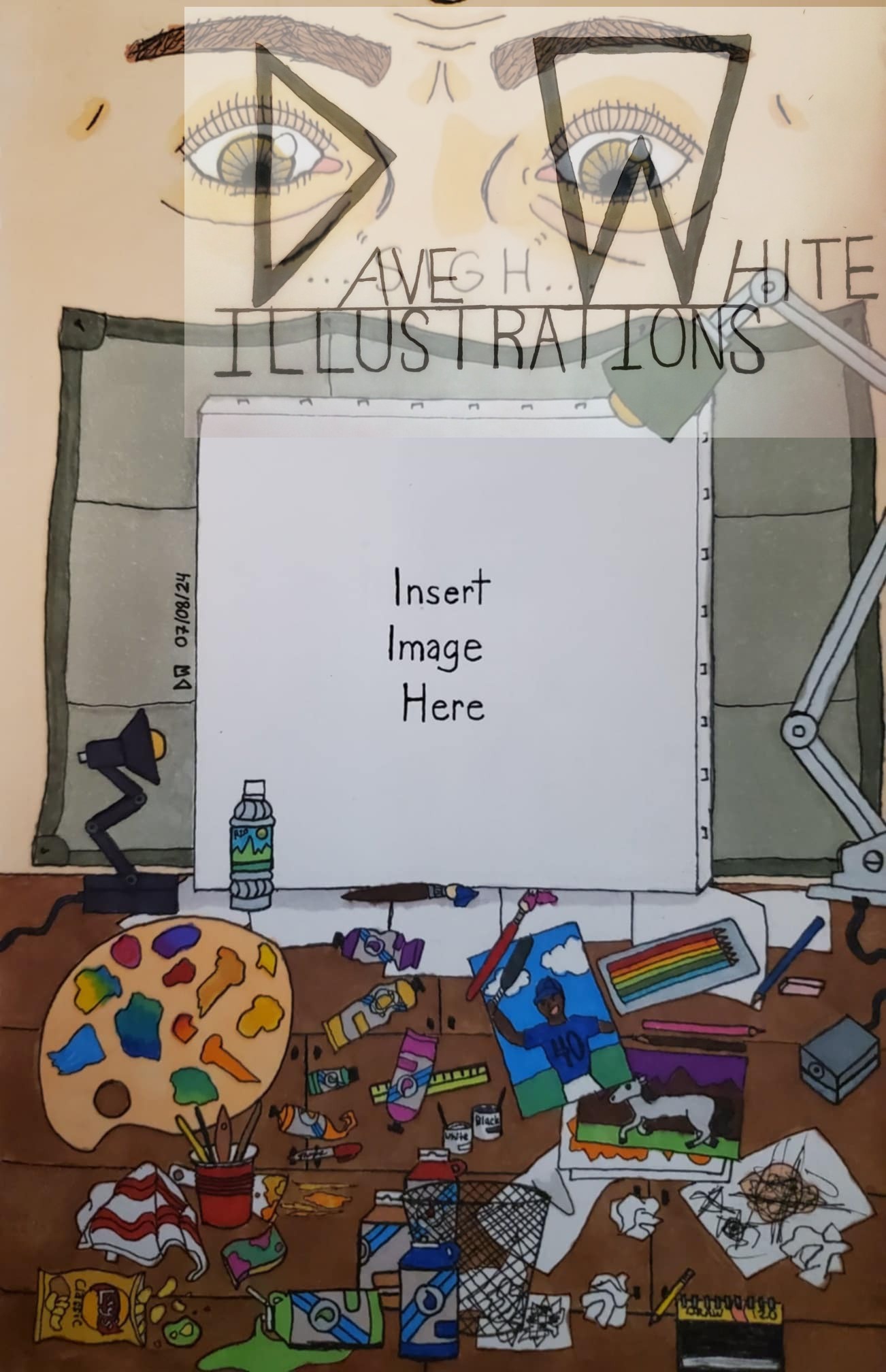Part 2: “The Historical Context of the Sosúa Settlement”
World War II
World War II erupted in 1939, plunging the world into one of its most devastating conflicts. The war polarized countries into two primary camps. The Axis powers were led by Germany, Italy, and Japan. The Allied powers included Great Britain, the United States, the Soviet Union, and China.
Germany unleashed a campaign of terror and genocide against Jewish people under the oppressive Nazi rule of Adolf Hitler. This campaign led to a staggering refugee crisis.
As Nazi forces swept across Europe, thousands of Jews faced unimaginable atrocities. These included forced relocation, mass shootings, and the horrors of concentration and death camps. This global upheaval underscored the urgency for countries to respond to the growing crisis faced by Jewish refugees.
The Nazi Regime and the Jewish Persecution
The Nazi regime, led by Adolf Hitler, implemented a systematic plan to exterminate Jewish people. This became one of the darkest chapters in human history.
The Nazis were fueled by a twisted ideology of racial purity. They propagated intense anti-Semitic beliefs. These beliefs blamed Jews for Germany’s economic woes and social ills. Jewish communities across Europe were stripped of their rights, livelihoods, and ultimately their lives.
This campaign led to the establishment of ghettos and forced labor camps. Ultimately, it resulted in the death camps where millions perished. This tragedy would later be known as the Holocaust. As persecution intensified, Jews faced limited survival choices. There was an urgent need for asylum in countries willing to offer refuge.
The Evian Conference
In 1938, in response to the worsening plight of Jewish refugees, U.S. President Franklin D. Roosevelt organized the Evian Conference in France. The goal was to rally support from the international community to accept Jewish refugees and give them safe havens.
Yet, despite powerful speeches and declarations of humanitarian values, most nations expressed reluctance, citing economic burdens and security concerns.
Only one country, the Dominican Republic, stepped ahead with a concrete offer. The Dominican Republic, led by Rafael Trujillo, offered sanctuary to Jewish refugees.
This act stood out as a rare example of action amid global indifference. This decision would pave the way for the Sosúa settlement. It provided a lifeline for hundreds. Yet, it came with strings attached.
The Dominican Republic under Trujillo
The Dominican Republic of the 1930s was once a Spanish colony. It was under the iron grip of Rafael Trujillo.
Trujillo was a dictator whose rule was marked by intense nationalism. He also implemented strict social policies and had a reputation for ruthlessness. Trujillo maintained absolute control, with a government structured to serve his vision for the country and safeguard his position.
His leadership was controversial. Some saw him as a stabilizing force bringing economic development. Others recognized the darker aspects of his rule. This included brutal repression and human rights abuses. Trujillo extended the offer to Jewish refugees under his tightly controlled regime. His own personal and political motives shaped this decision.
Rafael Trujillo
Rafael Trujillo’s reputation is steeped in complexity. Known as “El Jefe,” some revered him as a strong leader. He brought order to the Dominican Republic. He also advanced its modernization. Yet, others feared and despised him as a tyrant. He used violence and intimidation to keep power.
Trujillo’s motivations often blended personal ambition with political strategy. His offer to the Jewish refugees at the Evian Conference in 1938 is a prime example. It appeared as a humanitarian gesture. Yet, it also served his own agenda.
This provided an opportunity to reshape the country’s demographic profile. It also served to bolster its economy. Additionally, it helped repair his international image after the brutal 1937 massacre of Haitian migrants.
The Sosúa Offer
The offer of land in Sosúa seemed miraculous to Jewish refugees who were desperate for safety. Trujillo’s government granted 26,000 acres of land on the northern coast. They envisioned an agricultural settlement. This was where Jewish families start anew.
The refugees were promised visas, land, and assistance. Nonetheless, they also had to adhere strictly to the conditions set by Trujillo’s regime. Among these conditions were racial stipulations: the refugees had to be of “pure” European descent, aligning with Trujillo’s racial ideology.
This cast doubt on the true intention behind the offer. It appeared that Trujillo’s “generosity” was also a means of controlling the racial composition of the Dominican population.
The Role of DORSA
The Dominican Republic Settlement Association (DORSA), a New York-based Jewish agency, played a key role in the Sosúa settlement. In 1940, DORSA ratified the agreement with the Dominican government. DORSA invested significant resources to support the establishment of the Jewish community in Sosúa.
DORSA saw the settlement as a rare opportunity. It offered Jewish refugees a safe haven despite widespread resistance to their immigration. Trujillo imposed stipulations that added layers of complexity.
DORSA had to select refugees who met Trujillo’s racial and economic standards. The agency wanted to offer safety. Yet, they navigated a delicate relationship with a dictator. His true motives remained suspect.
Why the Offer Was Attractive
For Jewish refugees facing persecution, the Sosúa settlement was more than an escape from the Nazis—it represented a new beginning. Trujillo’s offer provided them with land and economic opportunities. It also offered a degree of political stability in a world that had largely turned its back on them.
Unlike many other countries, the Dominican Republic gave a concrete solution. This solution allowed refugees to build self-sustaining lives. They participated in a community far from the chaos and violence they had endured. For those with few options, the Sosúa settlement was a lifeline, a fragile sanctuary in a time of global turmoil.
Continue to: Part 3: “The True Motives Behind Trujillo’s Offer”




Leave a Reply